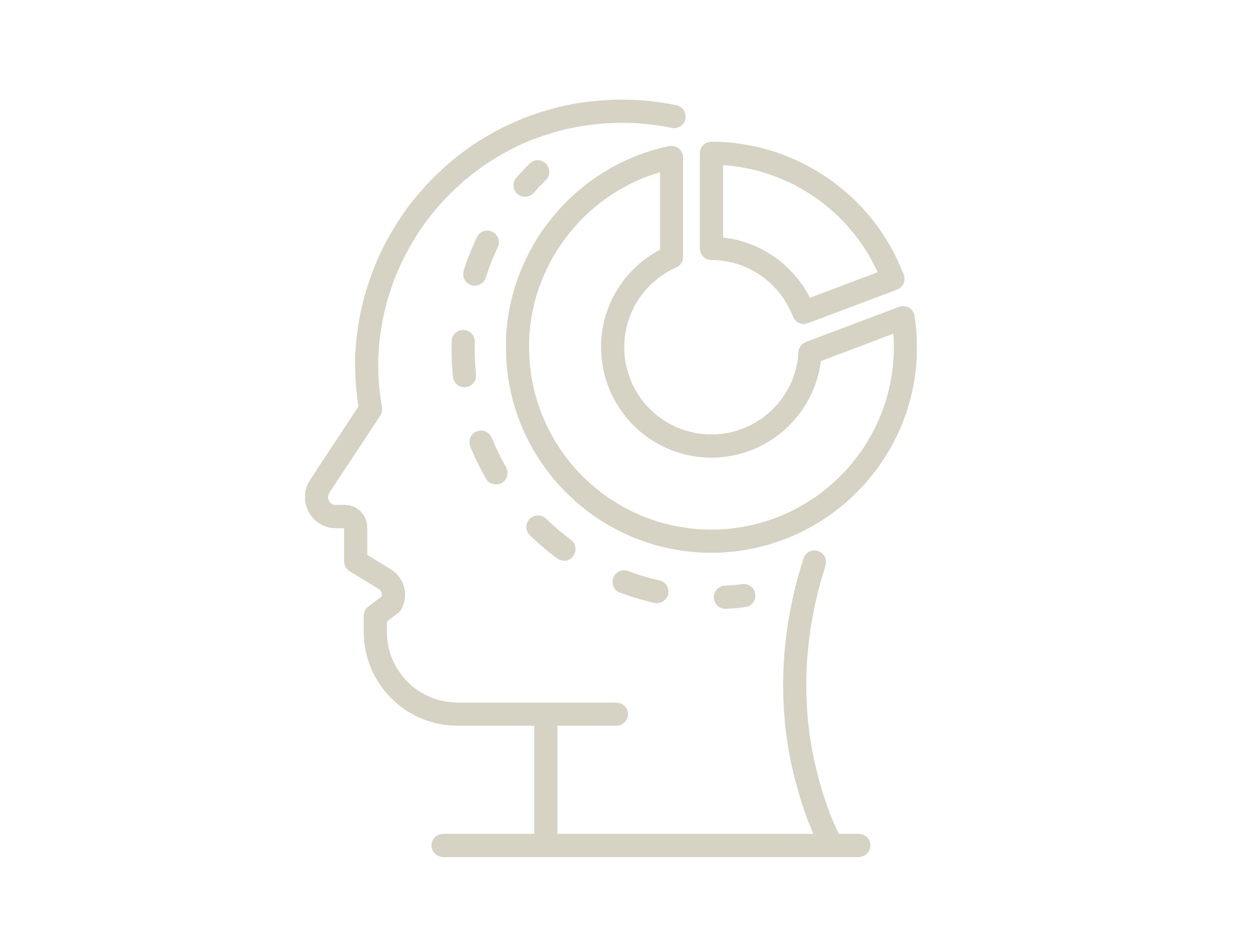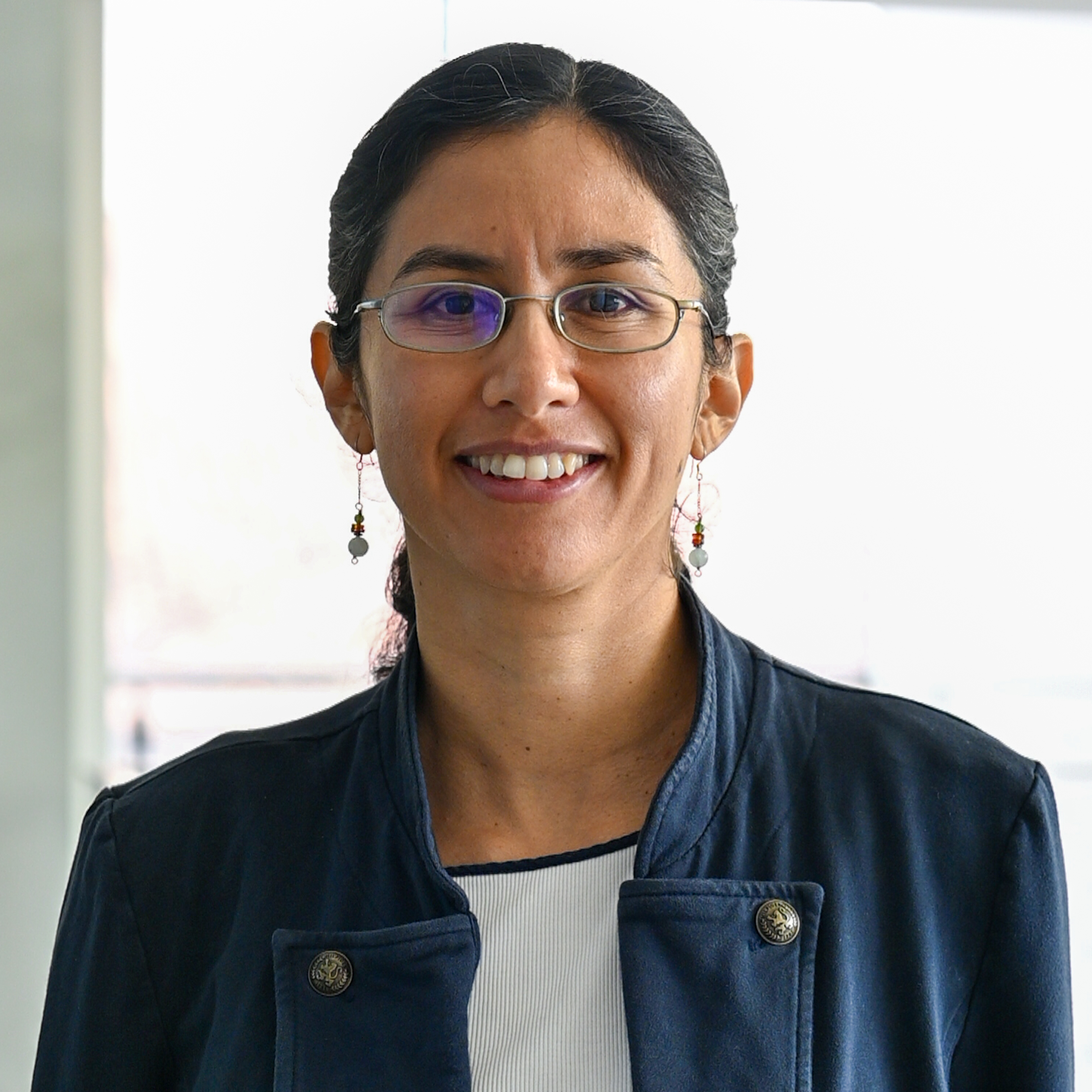
Our Research
Studying symmetry in geometry, a topic with which students already have considerable, but less formal, experience allows us to avoid the “content barrier.” Students will be able to use their intuitive understanding of some basic high school mathematics concepts to extend their knowledge and develop their own conjectures. Many open-ended questions will be asked and explored. While exploring these questions, students will quickly run into fundamental questions about what it means to do mathematics.
Discrete Mathematics Research Questions
- How can we define the terms we are using to make sure everyone has the same understanding?
- How do you convincingly show that you know something must be true, rather than just seeing that it’s true for some specially chosen examples?
- How do we communicate mathematical ideas to others?

Our Strategy
Our specific research goals are to explore these and other related questions in the way a mathematician does. Questions are asked, researched in existing literature, and then explored or refined often leading to new questions to be answered.
Researchers in Discrete Math aim to discover:
- How can we classify all the possible symmetries of plane figures?
- What sorts of combinations (groups) of symmetries can we see in a given plane figure? (In answering this question, we are introduced to the symmetry groups)
- What happens when we combine (compose) two or more symmetries?
- What sets of symmetries can be used to generate all the symmetries of the plane?
- What sorts of symmetries exist or can be employed in other branches of mathematics?

Our Impact
The primary goal of this stream is that students gain an understanding of what it means to do mathematical research and to write about it in a professional manner. Of course, the content will also be valuable: students will be learning the foundational and connected ideas from geometry, linear algebra, number theory, and group theory. In fact, the subject matter of our proposed FRI course may also be useful to computer science or chemistry students.
Our Team

Laura Villafuerte Altuzar
- Assistant Professor of Instruction
- Mathematics

Michael Starbird
- Professor
- Mathematics
Resources
Course Credit
Discrete Mathematics Research Outcomes
- Hinds, Jacob, Properties of Shearing Triangles, in line for publication January 2023.
- Sanghi, Aniket, Visualizing the Complex Roots of Quadratic and Cubic Polynomial Functions in Three Dimensions, College Mathematics Journal 45:1, November 27, 2019.
- Ziegler, M. Riley, The Search for Modern Perfect Numbers, paper presentation MathFest, August 2016.
